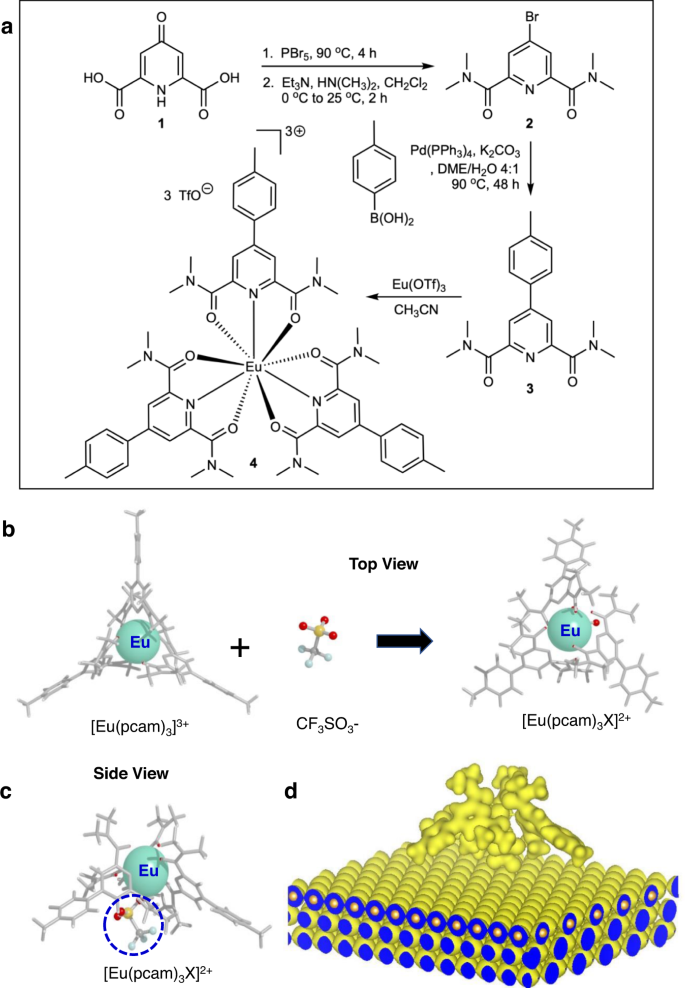ハイテク・センサーがあれば、衛星を使わずに自動車を誘導することができる。 High-tech sensors could guide vehicles without satellites, if they can handle the ride
2022-10-24 サンディア国立研究所(SNL)
研究チームは、量子センサーの中核部品である冷原子干渉計を、一般的な実験装置よりもはるかに小型かつ堅牢に設計し、実現に向けた大きな一歩を踏み出した。
研究チームは、このプロトタイプを『Nature Communications』に発表し、通常は分離している複数のコンポーネントを単一のモノリシック構造に統合する方法を示した。これにより、大きな光学テーブルの上に存在するシステムの主要コンポーネントを、ほぼ靴箱サイズの頑丈なパッケージに縮小することに成功した。
この論文では、開発中の技術を使ってシステムをさらに小型化するためのロードマップも記述されている。
この試作機は、サンディアの研究所指向の研究開発プログラムから資金提供を受けており、高度なナビゲーション技術を研究所から地上、地下、空中、さらには宇宙空間で使用するための大きな前進を実証している。
ジェット機が上空でバレルロールをするとき、現在のオンボード・ナビゲーション技術では、航空機の傾きや旋回、加速度を測定し、GPSなしでその位置を計算することができます。小さな測定誤差は、衛星と定期的に同期させない限り、徐々に軌道を外れていく。
量子センシングも同じように動作しますが、精度がはるかに優れているため、オンボードナビゲーションは計算を頻繁にクロスチェックする必要がなく、衛星システムへの依存度が低くなる。
<関連情報>
- https://newsreleases.sandia.gov/inertial_navigation/
- https://www.nature.com/articles/s41467-022-31410-4
高データレートのグレーティング磁気光学トラップとフォトニック集積回路対応レーザーを用いた小型冷原子干渉計の開発 A compact cold-atom interferometer with a high data-rate grating magneto-optical trap and a photonic-integrated-circuit-compatible laser system
Jongmin Lee,Roger Ding,Justin Christensen,Randy R. Rosenthal,Aaron Ison,Daniel P. Gillund,David Bossert,Kyle H. Fuerschbach,William Kindel,Patrick S. Finnegan,Joel R. Wendt,Michael Gehl,Ashok Kodigala,Hayden McGuinness,Charles A. Walker,Shanalyn A. Kemme,Anthony Lentine,Grant Biedermann & Peter D. D. Schwindt
Nature Communications Published:01 September 2022
DOI:https://doi.org/10.1038/s41467-022-31410-4

Abstract
The extreme miniaturization of a cold-atom interferometer accelerometer requires the development of novel technologies and architectures for the interferometer subsystems. Here, we describe several component technologies and a laser system architecture to enable a path to such miniaturization. We developed a custom, compact titanium vacuum package containing a microfabricated grating chip for a tetrahedral grating magneto-optical trap (GMOT) using a single cooling beam. In addition, we designed a multi-channel photonic-integrated-circuit-compatible laser system implemented with a single seed laser and single sideband modulators in a time-multiplexed manner, reducing the number of optical channels connected to the sensor head. In a compact sensor head containing the vacuum package, sub-Doppler cooling in the GMOT produces 15 μK temperatures, and the GMOT can operate at a 20 Hz data rate. We validated the atomic coherence with Ramsey interferometry using microwave spectroscopy, then demonstrated a light-pulse atom interferometer in a gravimeter configuration for a 10 Hz measurement data rate and T = 0–4.5 ms interrogation time, resulting in Δg/g = 2.0 × 10−6. This work represents a significant step towards deployable cold-atom inertial sensors under large amplitude motional dynamics.



